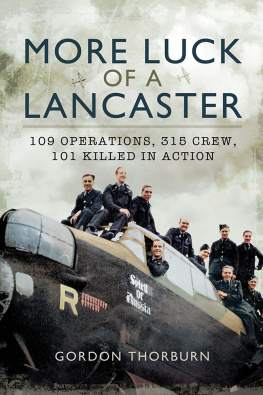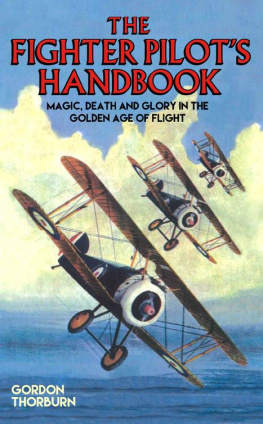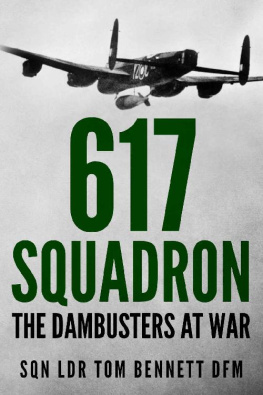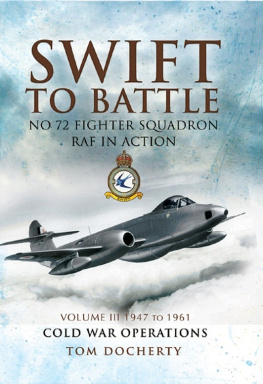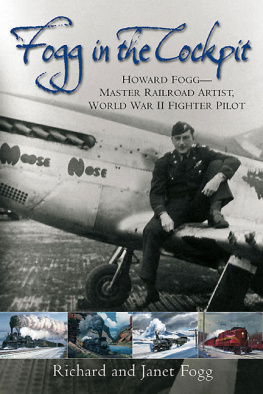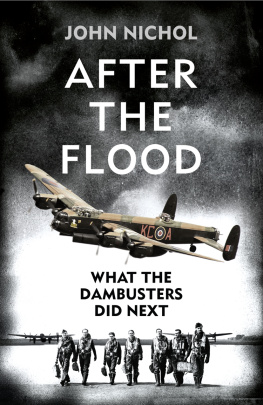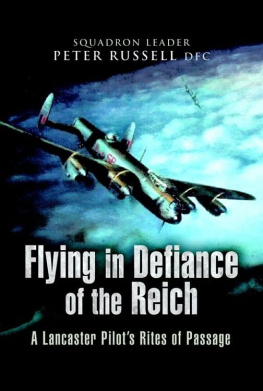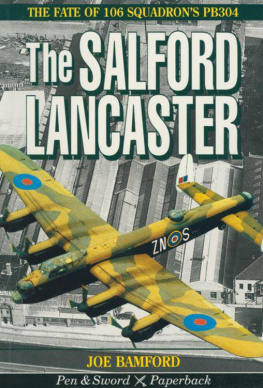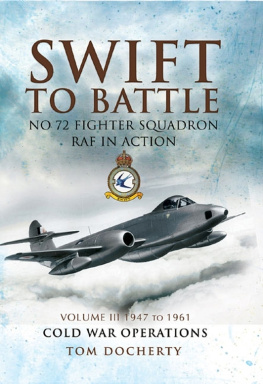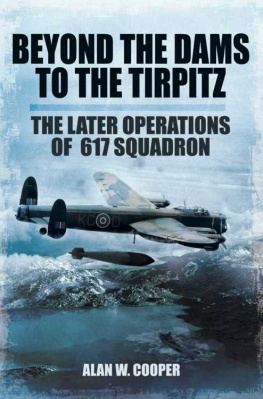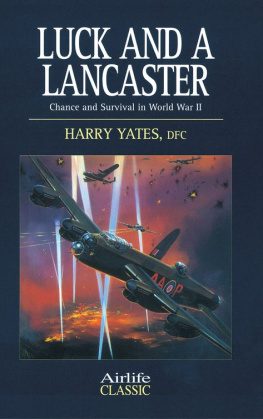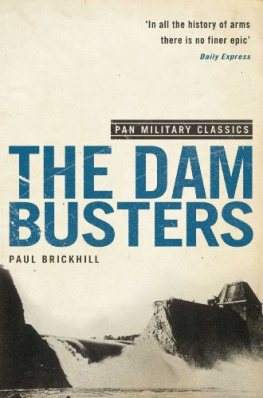
More Luck of a Lancaster
More Luck of a Lancaster
109 Operations, 315 Crew, 101 Killed in Action
Gordon Thorburn
First published in Great Britain in 2017 by
Pen & Sword Aviation
an imprint of
Pen & Sword Books Ltd
47 Church Street
Barnsley
South Yorkshire
S70 2AS
Copyright Gordon Thorburn 2017
ISBN 978 1 47389 766 3
eISBN 978 1 47389 768 7
Mobi ISBN 978 1 4738 9767 0
The right of Gordon Thorburn to be identified as the Author of this Work has been asserted by him in accordance with the Copyright, Designs and Patents Act 1988.
A CIP catalogue record for this book is available from the British Library
All rights reserved. No part of this book may be reproduced or transmitted in any form or by any means, electronic or mechanical including photocopying, recording or by any information storage and retrieval system, without permission from the Publisher in writing.
Pen & Sword Books Ltd incorporates the imprints of Pen & Sword Archaeology, Atlas, Aviation, Battleground, Discovery, Family History, History, Maritime, Military, Naval, Politics, Railways, Select, Transport, True Crime, and Fiction, Frontline Books, Leo Cooper, Praetorian Press, Seaforth Publishing and Wharncliffe.
For a complete list of Pen & Sword titles please contact
PEN & SWORD BOOKS LIMITED
47 Church Street, Barnsley, South Yorkshire, S70 2AS, England
E-mail:
Website: www.pen-and-sword.co.uk
Preface:
Captains Luck
S ergeant Norman Wells was a rear gunner with No. 9 Squadron in 1943/44 and one of the lucky men who got to the end of their tours of thirty operations.
I dont know what made a brilliant pilot. We thought our skipper Phil Plowright was brilliant. Possibly they all were, or most of them, but most of them werent lucky.
When we were in L, our own aircraft, we were hit and came home on three engines, then we went on leave and she went down with another crew. We went to Marseille in B, got a shell in the tail, came home, gave her back to her former owner, very experienced pilot, and down he went with the Group Captain on board, and we were there on the same op, just like them, in among it.
We were nominated PFF (Pathfinder Force) Supporter for Stuttgart, which is muggins who flies in front of the pathfinders to draw the fire so they can drop their TIs (Target Indicators) undisturbed. After doing that, you have to go around and come in again to bomb. We were in J-Johnny, never got a mark on that one, yet Backwell-Smith, a squadron leader, top man, FTR (failed to return). Nrnberg, that dreadful, dreadful night, we never got shot at but we damned nearly got rammed by another Lanc heading for the same cloud as we were. He was so close we could hear his engines as well as our own. I went to Berlin seven times, Frankfurt three times. Goodness knows how many went down on those trips.
Another time, we were flying almost wingtip to wingtip with this Lanc, straight and level on our bombing runs, and he had a flak shell burst behind him at the perfect height, then another in front, and the third hit him right amidships and he just went up in a cloud of bits. You were not supposed to deviate from your run in any circumstance. If you did, it would show on your photograph, it would be at a funny angle, and the skipper would be up before the CO. So that chap didnt deviate and they got the chop. He was close enough, so even in the dark I could have taken his squadron letters, if Id known that was going to happen. Everyone was supposed to report any losses he saw, give what information he could to the navigator. Usually it was no more than aircraft going down so many yards to starboard. I could have been really precise on that one.
SECRET: No. 9 Squadron Combat Report
Date: 20 December 1943. Time: 19.45. Height: 20,000 ft. Target: Frankfurt. Lancaster: G. Captain: P/O Glover
Shortly before approaching the target the bomber was swept by cannon and machine-gun fire, which set fire to the rear turret and the port inner engine and damaged the intercommunication system. The rear gunner was injured by splinters in the face and slightly burnt and the mid-upper was hit by a machine-gun bullet in the leg. The attack came from astern well down and as soon as the pilot saw the tracer he commenced a corkscrew port, losing height rapidly to gain extra speed, having a full load on. Both gunners saw a Ju88 come in from astern down, but rear gunner could not fire as guns had been damaged and MU could not get guns to bear. E/A broke away down and again attacked from same position opening fire at 600 yards and closing in to 100 yards. E/As trace all passed above the bomber and he broke away astern down and was not seen again. The pilot resumed course on three engines and bombed the target from a very low altitude before returning to base.
Visibility clear but dark. No moon, flares or searchlights. No indication on any special apparatus. Damage to own aircraft: rear turret badly smashed. Port inner engine u/s. MU turret and fuselage holed in many places. Intercom shot away. No rounds fired by either gunner. Bombs were dropped on written instructions from navigator when over centre of target area.
Pilot Officer Len Glover was awarded the DFC for carrying on to bomb from a very low altitude while reading a note from his navigator, after being swept from stem to stern by cannon and machine guns and corkscrewing out of trouble on three engines in a fully loaded aircraft defenceless against what was obviously a skilled and experienced foe before returning to base. He was back on duty nine days later, on 2 January, flying to Berlin with two new gunners.
Glovers tail-end Charlie, the splintered and slightly burnt Sergeant G. Brown, was re-crewed with another lucky skipper, Flying Officer Bill Reid, and was also soon out bombing again at Stettin, on 5 January.
Frankfurt Fifty-three Lancasters lost on those three ops. Berlin 243 on those seven.
Chapter One
Her Name Was Robert
B y the time No. 9 Squadron took delivery of its first Lancasters, in August 1942, there were eight other squadrons already flying this magnificent new machine and its fame had been spread by the first Lancaster units, Nos. 44 and 97 Squadrons. They had gone a very long way to Augsburg in daylight with twelve Lancs, led by Squadron Leader John Nettleton, VC, and come back with seven.
Factories struggling with a new set of production problems were managing something around fifty Lancasters a month during that summer, building up to over a hundred by the end of the year. As losses averaged almost twenty a month in 1942, we can see that re-equipping bomber squadrons with the latest aircraft was no more than a steady business. Even so, numbers were building and the objective of Bomber Commands C-in-C, Air Chief Marshal Harris, of massed bombers attacking together, was coming closer as a regular thing.
At the beginning of the war and for most of its first two years skippers of bombers were told what the targets were for the night, the weather forecast and the opposition they were likely to meet. They were given a general take-off time and a point at which to cross the English coast, but after that it was up to them, as long as they could expect to be returning before dawn.
Skipper and navigator would work out where to enter enemy territory across the Dutch coast and the rest of the route, and how they would attack. Experience, personality and attitude on the day would influence their decisions.
Next page
